What is the Winter Solstice?
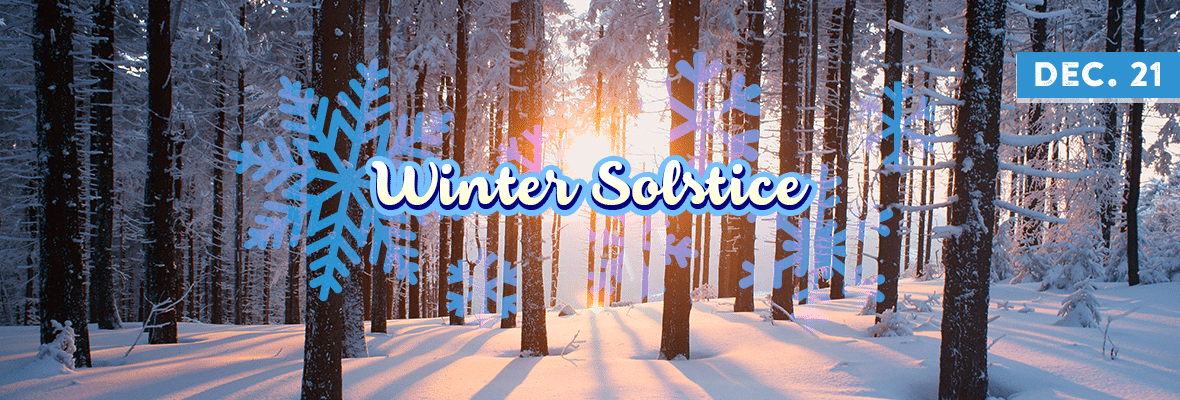


A winter solstice is the moment in time when the Earth's tilt away from
the Sun is at its maximum and the Sun's maximum elevation in the sky is
at its lowest.
A winter solstice occurs twice a year, once in December in the Northern Hemisphere (also called December solstice and Midwinter) and once in June in the Southern Hemisphere (also called June solstice).
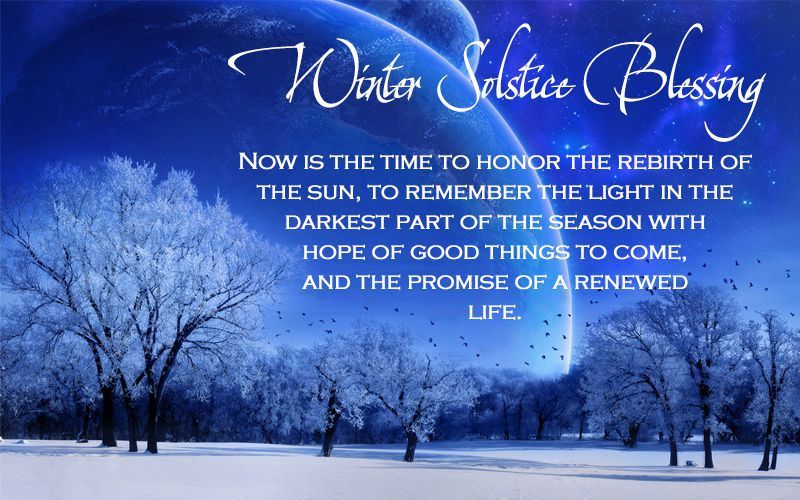 In the Northern Hemisphere the day of the winter solstice is the
shortest day of the year (the day with the least daylight and the
longest night) and occurs every year between December 20 and December
23. The dates given on this page are based on Coordinated Universal Time
(UTC), which for practical purposes is equivalent to Greenwich Mean
Time (GMT, the time the United Kingdom is on during the winter, when it
isn't on summer time).
In the Northern Hemisphere the day of the winter solstice is the
shortest day of the year (the day with the least daylight and the
longest night) and occurs every year between December 20 and December
23. The dates given on this page are based on Coordinated Universal Time
(UTC), which for practical purposes is equivalent to Greenwich Mean
Time (GMT, the time the United Kingdom is on during the winter, when it
isn't on summer time).
 While the winter solstice occurs at the same
moment in time all over the world, the date and local time differ from
place to place depending on the year and a location's time zone. For
locations that are ahead of UTC (further east) it may fall on the day
after, and for locations that are behind UTC (further west) it may fall
on the day before.
While the winter solstice occurs at the same
moment in time all over the world, the date and local time differ from
place to place depending on the year and a location's time zone. For
locations that are ahead of UTC (further east) it may fall on the day
after, and for locations that are behind UTC (further west) it may fall
on the day before.
To find out the exact date and time of the winter solstice 2018 in your area use this seasons calculator.
The winter solstice marks the end of autumn and the beginning of winter in the hemisphere where it occurs and is one of four days (two equinoxes and two solstices) throughout the year on which a new season starts. The other days are the vernal equinox (also called spring equinox, beginning of spring), the summer solstice (beginning of summer) and the autumnal equinox (also called fall equinox, beginning of autumn).

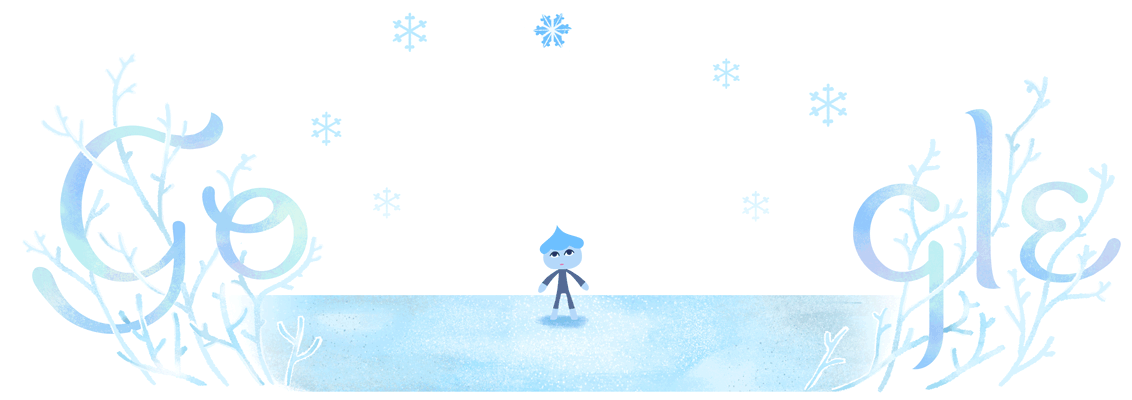
A winter solstice occurs twice a year, once in December in the Northern Hemisphere (also called December solstice and Midwinter) and once in June in the Southern Hemisphere (also called June solstice).


To find out the exact date and time of the winter solstice 2018 in your area use this seasons calculator.
The winter solstice marks the end of autumn and the beginning of winter in the hemisphere where it occurs and is one of four days (two equinoxes and two solstices) throughout the year on which a new season starts. The other days are the vernal equinox (also called spring equinox, beginning of spring), the summer solstice (beginning of summer) and the autumnal equinox (also called fall equinox, beginning of autumn).

Sunrise on the day of the winter solstice.
For more information see Winter solstice on Wikipedia.

https://media.giphy.com/media/10rfsR1V3S5SPS/giphy.gif
Features a full moon and meteor shower
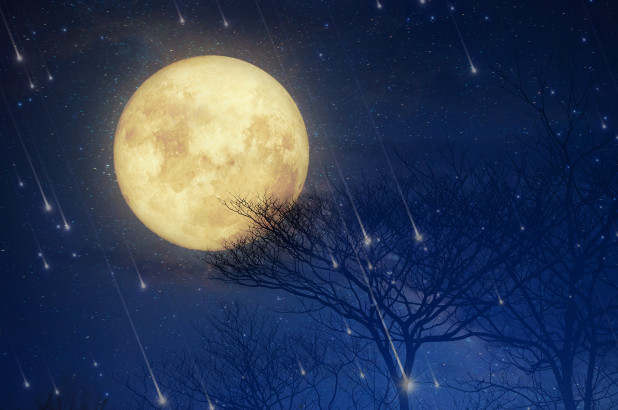
By Michelle Ganney

By Michelle Ganney
The winter solstice falls on Dec. 21, 2018, the moment at which
Earth’s axis tilts the Northern Hemisphere farthest from the sun’s
warmth. It happens once a year in each hemisphere. The winter solstice
is particularly special this year as the upcoming December full moon,
named the Cold Moon, will be visible in the night sky along with the
Ursid meteor shower.
The longest night is over.
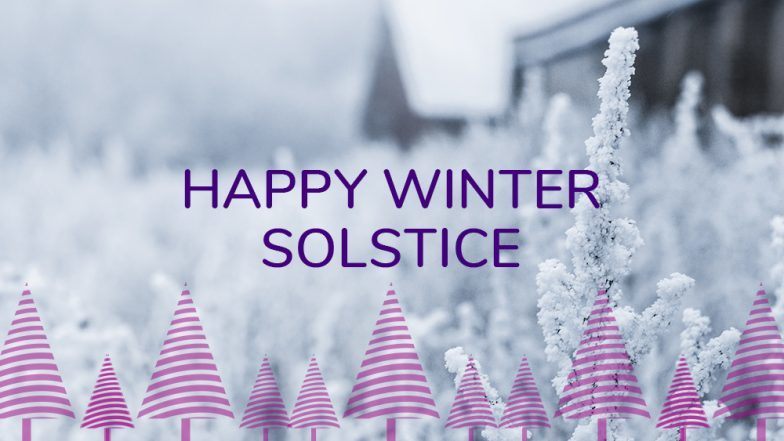



No comments:
Post a Comment